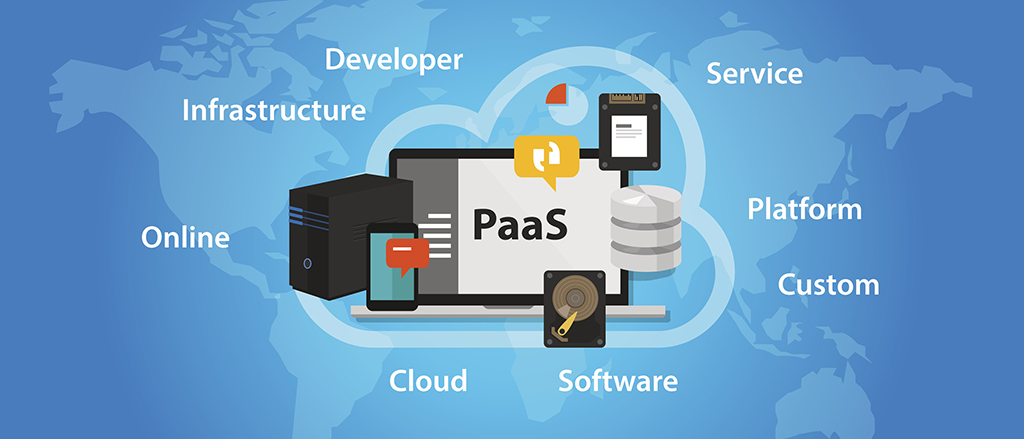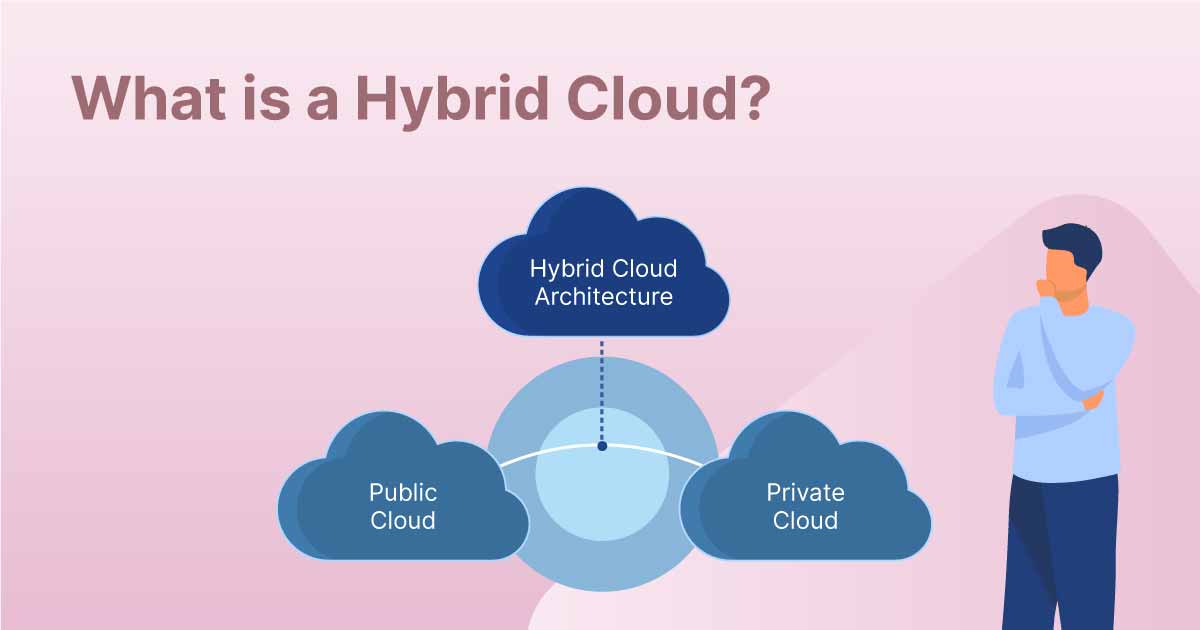As technology continues to advance, businesses are constantly seeking new ways to improve their processes and increase efficiency. One of the most popular solutions in recent years has been Platform as a Service (PaaS). This cloud computing model offers a platform for businesses to develop, run, and manage applications without the need for infrastructure maintenance or management. In this article, we will dive into the world of PaaS and discuss its advantages and disadvantages for businesses.
Overview of PaaS
To fully understand the benefits and drawbacks of PaaS, it is important to first have a clear understanding of what it is and how it works. PaaS is a type of cloud computing service that provides a platform for developers to build, test, and deploy applications without having to worry about managing the underlying infrastructure. This means that businesses can focus on the development and deployment of their applications while leaving the responsibility of managing servers, storage, and networking to the PaaS provider.

To comprehend the advantages and disadvantages of PaaS thoroughly, it’s essential to grasp its definition and operational mechanics first
PaaS is typically used by developers who want to create custom applications without having to invest in expensive hardware or software. Instead, they can use the tools and services provided by the PaaS provider to quickly build and deploy their applications. Some of the popular PaaS providers include Amazon Web Services (AWS), Microsoft Azure, and Google Cloud Platform.
Now that we have a basic understanding of PaaS, let’s take a deeper look at its advantages and disadvantages.
Advantages of PaaS
Cost Efficiency
One of the main advantages of PaaS is its cost efficiency. As mentioned earlier, PaaS eliminates the need for businesses to invest in expensive hardware and software. This means that businesses can save money on purchasing, maintaining, and upgrading their own infrastructure. With PaaS, businesses only pay for the resources and services they use, making it a more cost-effective option compared to traditional on-premises solutions.
Additionally, PaaS offers a pay-as-you-go model, which means that businesses can scale their resources up or down based on their current needs. This allows for better cost management as businesses only pay for what they need, rather than having to invest in excess resources that may go unused.

A primary benefit of PaaS is its cost-effectiveness
Flexibility and Scalability
Another major advantage of PaaS is its flexibility and scalability. With traditional on-premise solutions, businesses need to make large upfront investments to purchase hardware and software that can handle their current and future needs. This can be risky as the business may not end up using all of the resources they have invested in.
PaaS, on the other hand, offers businesses the ability to scale their resources up or down as needed. This allows for greater flexibility and agility, especially for rapidly growing businesses. As the demand for resources increases, businesses can easily add more computing power without having to worry about purchasing and setting up additional servers.
Time Savings
PaaS also offers significant time savings for businesses. With traditional on-premise solutions, businesses need to spend time and resources setting up and maintaining their own infrastructure. This can be a tedious and time-consuming process, taking away valuable time that could be spent on developing and deploying applications.
With PaaS, businesses can get up and running quickly as the infrastructure is already set up and managed by the provider. This means that developers can focus on writing code and deploying applications, resulting in faster time-to-market for businesses.
Easy Collaboration
Collaboration is essential for any successful business, and PaaS makes it easier for teams to work together. With PaaS, developers can collaborate on projects in real-time, regardless of their location. This is particularly beneficial for remote teams that need to work together on a project.
PaaS providers often offer tools and features that enable teams to work together seamlessly, allowing for better communication and improved productivity. This ultimately leads to faster development and deployment of applications.
Automatic Updates
PaaS providers are responsible for managing and updating the underlying infrastructure, including servers, operating systems, and security patches. This means that businesses can focus on developing and deploying their applications without worrying about keeping their infrastructure up to date.
Automatic updates also ensure that businesses are always using the latest technology and tools, resulting in improved performance and efficiency. It also reduces the risk of downtime due to outdated software or hardware.
Disadvantages of PaaS
Limited Control
One of the main drawbacks of PaaS is that businesses have limited control over the underlying infrastructure. While this may not be an issue for some businesses, others may prefer to have complete control over their infrastructure. With PaaS, businesses rely on the capabilities and services provided by the provider, which may not always meet their specific needs.
Data Security Concerns
As with any cloud-based service, data security is a major concern for businesses considering PaaS. Storing sensitive data on a third-party platform can make it more vulnerable to cyber-attacks. This is why it is crucial for businesses to carefully vet PaaS providers and ensure they have proper security protocols in place.

Like with any cloud-based service, data security is a significant concern for businesses evaluating PaaS
Additionally, businesses need to take into account any compliance regulations they are subject to when using PaaS. This is especially important for businesses in highly regulated industries such as healthcare or finance.
Dependency on Provider
With PaaS, businesses are dependent on the provider for the availability and performance of their applications. If the provider experiences any downtime or technical issues, it can have a significant impact on the business’s operations. This is why it is important to choose a reputable and reliable PaaS provider that offers strong uptime guarantees and has a proven track record.
Integration Challenges
Integrating PaaS with existing systems and applications can be a challenge for some businesses. This is especially true for businesses with complex legacy systems that may not be compatible with PaaS. In such cases, businesses may need to invest in additional resources and tools to ensure smooth integration with their existing infrastructure.
Hidden Costs
While PaaS is generally considered a cost-effective option, there may be hidden costs that businesses need to be aware of. For example, some providers may charge additional fees for certain features or for exceeding resource limits. This is why it is important for businesses to carefully review the pricing structure and terms of service before committing to a PaaS provider.
Conclusion
In conclusion, PaaS offers many benefits for businesses looking to improve their processes and increase efficiency. It provides a cost-effective, flexible, and scalable platform for developing and deploying applications quickly. However, like any technology, PaaS also has its drawbacks, such as limited control and data security concerns. Before deciding on whether PaaS is the right solution for your business, it is important to carefully weigh its advantages and disadvantages and choose a reliable and reputable provider. When used correctly, PaaS can be a valuable tool for businesses looking to stay competitive in today’s fast-paced digital landscape.



